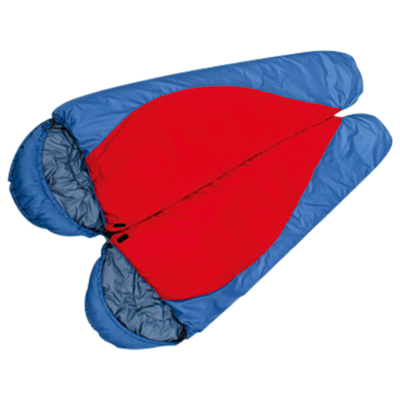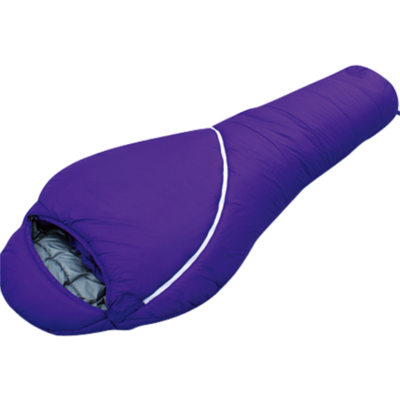What is the Coldest Rating for a Sleeping Bag?
As adventurers and outdoor enthusiasts prepare for extreme weather conditions, understanding the coldest rating for a sleeping bag becomes crucial. This rating determines how well a sleeping bag can protect its user from harsh, freezing temperatures, ensuring safety and comfort during outdoor expeditions.

Understanding Sleeping Bag Temperature Ratings
Sleeping bag temperature ratings are designed to help users choose the right bag for their specific needs. These ratings typically include a comfort rating, a limit rating, and an extreme rating.
Comfort Rating: The lowest temperature at which the bag will keep the average person warm and comfortable.
Limit Rating: The lowest temperature at which the bag will keep a person warm without shivering.
Extreme Rating: The survival temperature, indicates the lowest temperature at which the bag will protect the user from hypothermia.
The coldest rating often called the extreme rating, is crucial for those venturing into extremely low temperatures. Sleeping bags designed for such conditions are engineered with advanced materials and technology to provide maximum insulation.
The Coldest Sleeping Bags on the Market
1. Expedition Sleeping Bags: Designed for high-altitude mountaineering and polar expeditions, these bags can have extreme ratings as low as -40°C (-40°F) or even lower. They are filled with high-quality down or synthetic insulation, featuring multiple layers and baffles to minimize heat loss.
2. Military-Grade Sleeping Bags: Used by armed forces in severe conditions, these bags are built to withstand extreme cold, often rated to -30°C (-22°F) or lower. They are constructed with durable materials to endure harsh environments.
3. Specialized Arctic Bags: Specifically designed for Arctic explorations, these sleeping bags can be rated down to -50°C (-58°F) or beyond. They incorporate advanced insulation technologies and are often used in conjunction with additional layers, such as bivy sacks, to enhance warmth.
Features of Ultra-Cold Sleeping Bags
To achieve such low temperature ratings, sleeping bags must incorporate several key features:
High-Quality Insulation: Premium down or advanced synthetic fibers are used for their superior warmth-to-weight ratio and compressibility.
Multi-Layer Construction: Multiple layers of insulation and baffling prevent cold spots and enhance heat retention.
Draft Tubes and Collars: These prevent warm air from escaping and cold air from entering, especially around the zippers and neck area.
Water-Resistant Shells: Outer shells made from water-resistant or waterproof materials protect the insulation from moisture, which can significantly reduce warmth.

Choosing the Right Sleeping Bag for Extreme Cold
When selecting a sleeping bag for extremely cold conditions, it's essential to consider the specific requirements of your adventure:
Temperature Range: Ensure the bag’s extreme rating matches or exceeds the expected temperatures.
Weight and Packability: For expeditions where every gram counts, opt for bags that offer the best warmth-to-weight ratio.
Compatibility with Other Gear: Consider how the sleeping bag will work with other equipment, such as sleeping pads and liners, to maximize insulation.
Real-World Applications and User Experiences
Veteran explorers and mountaineers often share their experiences with ultra-cold sleeping bags. Renowned mountaineer Reinhold Messner, known for his solo ascent of Everest without supplemental oxygen, emphasized the importance of a reliable sleeping bag: "In the death zone, your sleeping bag can be your lifeline. The right bag means the difference between a night of rest and a fight for survival."
In all, the coldest ratings for sleeping bags reflect the pinnacle of outdoor gear engineering, ensuring safety and warmth in the most extreme environments. Whether tackling the icy slopes of the Himalayas or enduring the relentless cold of the Arctic, choosing the right sleeping bag with the appropriate rating is essential for any adventurer. With continuous advancements in materials and design, the limits of these ratings continue to be pushed, offering new possibilities for exploration in the coldest corners of the earth.








